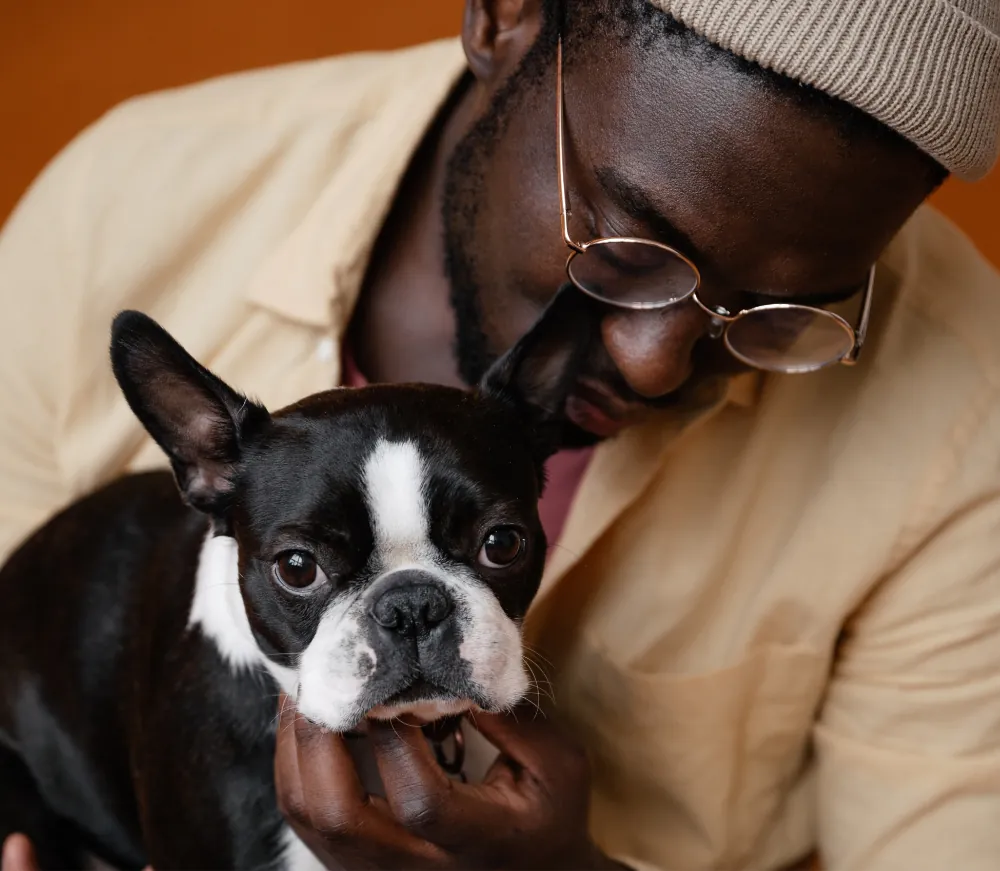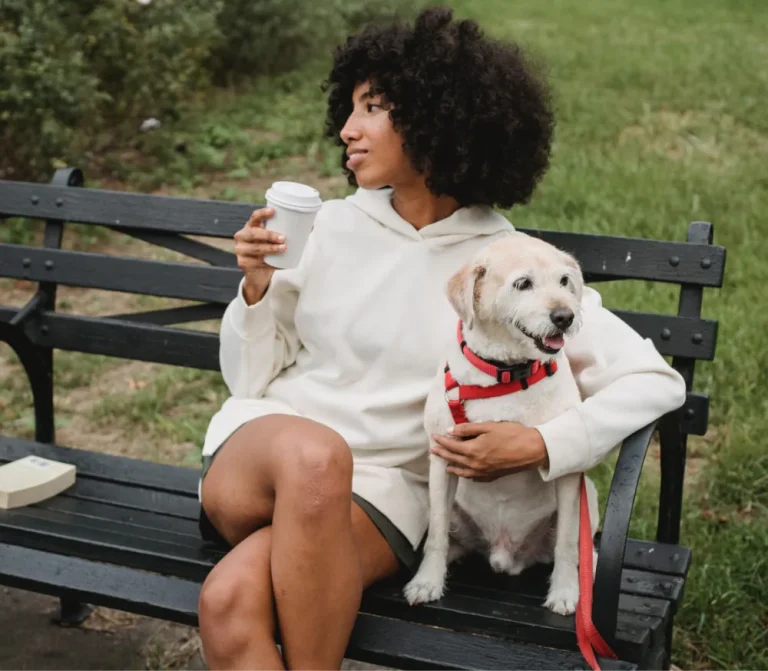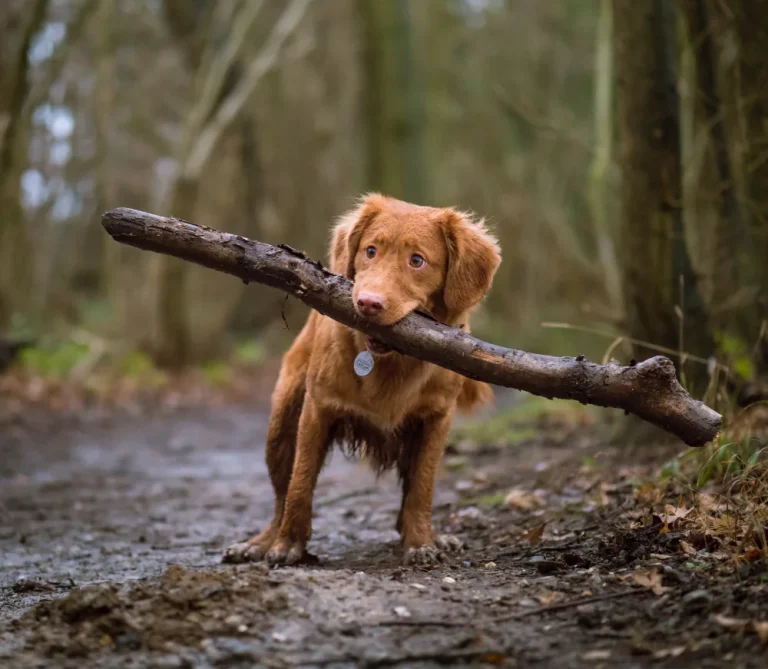
Traveling with your pet can be a rewarding experience, but it also requires extra preparation to ensure both you and your furry companion have a smooth and enjoyable trip. Whether you’re planning a road trip, a flight, or a weekend getaway, traveling with a pet adds a layer of responsibility and logistics that should not be overlooked. To help make the journey stress-free for both you and your pet, here are essential tips to follow.
1. Preparation is Key: Planning Ahead for Success
Planning is the foundation for any successful trip, and this is especially true when traveling with a pet. From making sure your pet is comfortable during the journey to confirming pet-friendly accommodations, proper planning ensures a smoother experience.
A. Vet Visit and Health Check
Before embarking on any trip, it’s important to ensure that your pet is healthy and fit to travel. A trip to the vet is essential for any long journey. This visit will allow you to ensure that your pet is up-to-date on vaccinations and has the necessary health certifications, particularly if you’re flying or traveling internationally.
- Tip: For international travel, some countries require specific vaccinations and health certifications. Make sure to research and confirm these requirements well in advance.
B. Pack a Travel Kit
Just like you would pack your own essentials, your pet’s travel kit should include everything they need for the journey. Here’s a list of must-have items:
- Food and Water: Bring enough of your pet’s regular food and treats to last the entire trip. Don’t forget their water bowl and bottled water to keep them hydrated.
- Leash and Harness: Ensure you have a sturdy leash and harness for walks during pit stops or while you explore.
- Waste Bags: Always have waste bags on hand for cleaning up after your pet.
- Medication and Health Supplies: If your pet takes medication or has health needs, make sure to pack all necessary prescriptions, along with any required documentation.
- Comfort Items: Pack their favorite blanket, toy, or bed to provide familiarity and comfort during the trip.
C. Microchip and ID Tags
Before you hit the road, double-check that your pet has proper identification in case they get lost. Microchipping is a safe and permanent solution for tracking your pet, but make sure their collar has an ID tag with up-to-date information.
- Tip: Ensure your pet’s collar fits well and is not too tight, but also not so loose that it can slip off.
2. Choosing the Right Mode of Travel
Whether you’re driving, flying, or taking a train, selecting the best travel mode for your pet is essential to their comfort and safety.
A. Car Travel: Safety and Comfort on the Road
Traveling by car is one of the most common ways to take your pet with you, but it requires preparation to ensure your pet stays safe and comfortable.
- Crate or Carrier: For your pet’s safety, secure them in a well-ventilated crate or carrier that fits comfortably in the back seat. A carrier provides your pet with a secure space and prevents them from distracting the driver. Ensure the carrier is large enough for your pet to stand, sit, and turn around.
- Seat Belt Harness: For smaller pets, a seatbelt harness can keep them secure in place. Look for crash-tested harnesses to ensure the safety of your pet in case of an accident.
- Comfort Breaks: Plan regular stops (every 2-3 hours) to allow your pet to stretch their legs, use the bathroom, and hydrate. This helps prevent anxiety and discomfort on long trips.
- Tip: Never leave your pet alone in the car, especially in hot weather, as the temperature can rise quickly, leading to heatstroke.
B. Air Travel: Flying with Pets
Flying with your pet requires extra attention to airline policies and pet accommodations. Different airlines have varying rules for pet travel, so it’s crucial to research ahead of time.
- Cabin vs. Cargo: Many airlines allow small pets to fly in the cabin with you if they are in an approved carrier that fits under the seat. Larger pets may need to be transported in the cargo hold. If flying in the cargo hold, choose an airline that has experience with pet transportation and provides climate control.
- Visit the Vet: Some airlines require a health certificate from your vet within a few days before your flight. Make sure to get this document to avoid any travel complications.
- Pre-Flight Preparation: To avoid an upset stomach or discomfort, try to feed your pet a light meal a few hours before the flight. Limit water intake just before the flight to reduce the risk of accidents.
- Tip: Book direct flights whenever possible to minimize the time your pet spends traveling.
C. Train or Bus Travel
For pets that are small enough to travel in a carrier, trains or buses can be a more relaxed mode of transportation. However, be sure to check the pet policies of your chosen travel service beforehand.
- Tip: Bring familiar toys and blankets to keep your pet calm during travel and to help reduce any travel anxiety.
3. Accommodations: Finding Pet-Friendly Places to Stay
Once you’ve arrived at your destination, it’s time to find a comfortable place for you and your pet to stay. Many hotels, resorts, and vacation rentals now offer pet-friendly accommodations, but it’s always best to confirm their pet policies before booking.
A. Pet-Friendly Hotels and Rentals
When searching for accommodations, look for those that specifically advertise as pet-friendly. These places will typically provide pet amenities such as food bowls, pet beds, or designated walking areas. Be sure to confirm whether there are any size restrictions or additional fees for pets.
- Tip: Check for nearby pet-friendly parks or walking trails to make your stay more enjoyable for both you and your pet.
B. Vacation Rentals
Vacation rentals, such as Airbnb, often allow pets, but rules vary by property. Some hosts might have a pet fee or specific pet rules, so always confirm details before booking. Renting a house or apartment gives your pet more space to relax and enjoy the trip, especially if you’re traveling with a large dog.
4. Managing Pet Anxiety During Travel
Traveling can be stressful for pets, especially if they’re not used to being away from home or in new environments. Anxiety can lead to behavioral issues or upset stomachs, so it’s important to manage your pet’s stress levels during the trip.
A. Familiar Comforts
Bringing along your pet’s favorite blanket, toy, or even a piece of your clothing can provide comfort and help reduce anxiety during travel. Familiar scents and items can help your pet feel more secure in unfamiliar surroundings.
B. Calming Products
There are various calming products available to help soothe anxious pets, including pheromone sprays, calming collars, and natural supplements. These products can help ease your pet’s nerves during travel or in new environments.
- Tip: Test calming products before your trip to see if they work for your pet.
5. Arrival and Settling In
Once you arrive at your destination, it’s essential to allow your pet time to adjust to their new surroundings. Unfamiliar environments can be overwhelming, so give your pet the time they need to feel comfortable and secure.
A. Set Up a Pet-Friendly Space
Create a designated area for your pet to relax in. This could be a quiet corner with their bed, toys, and food/water bowls. Familiar surroundings can help them adjust to the new location more quickly.
B. Routine is Key
Try to keep your pet’s feeding and walking schedule as close to their usual routine as possible. Maintaining their regular activities helps keep them calm and reduces any disorientation from the trip.
Conclusion: Travel with Confidence and Enjoy the Journey
Traveling with your pet doesn’t have to be stressful—it just requires some thoughtful preparation and the right mindset. By taking the time to plan ahead, ensure their comfort, and address their needs along the way, you can enjoy a stress-free journey and create lasting memories with your furry companion. Whether you’re exploring new destinations or visiting friends and family, bringing your pet along can make your travel experience even more rewarding. Safe travels, and don’t forget to bring back some souvenirs for your pet!



